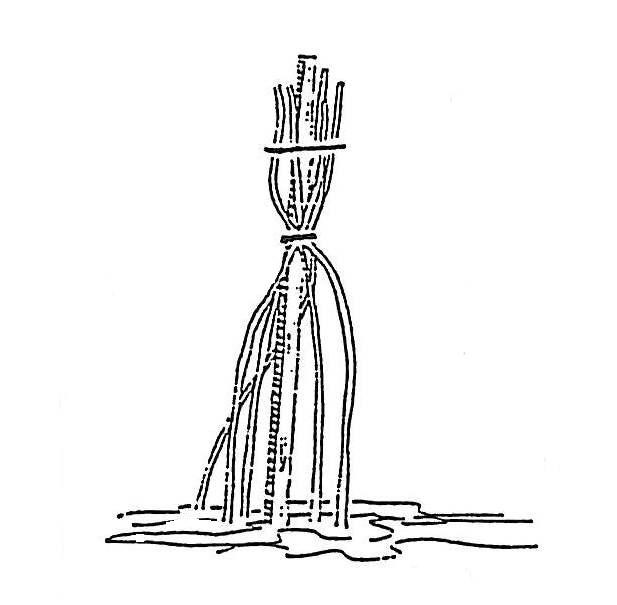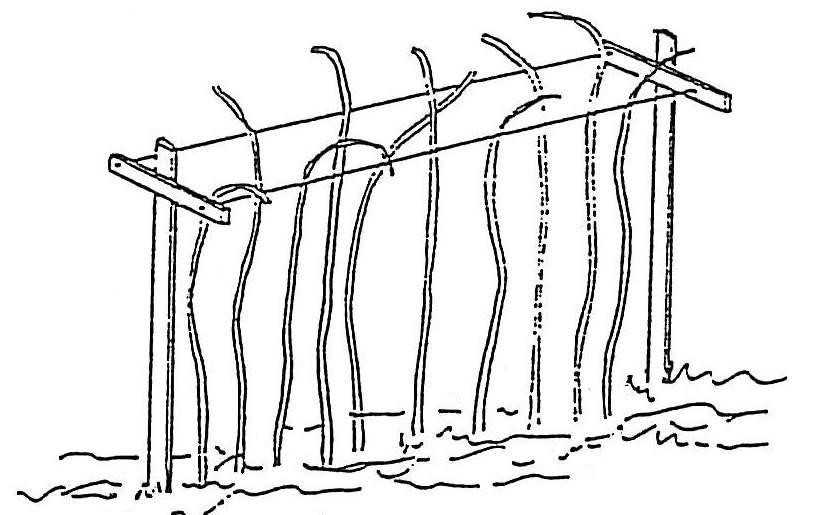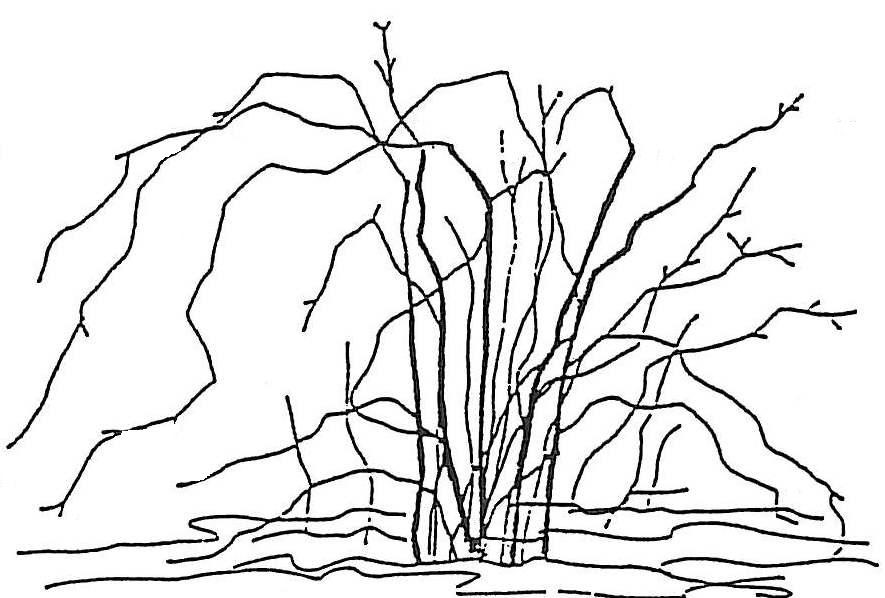Raspberries are a delightful addition to any home garden, providing delicious fruit and vibrant foliage. In Colorado, only selected varieties of red and yellow raspberries are recommended due to the state’s unique climate. This guide covers everything from choosing the right varieties to effective pruning techniques, ensuring you enjoy a bountiful raspberry harvest.
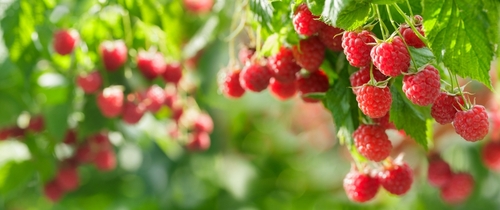
Suitable Raspberry Varieties for Colorado
Red and Yellow Raspberries:
- Best for general cultivation in Colorado.
- Recommended varieties include summer-bearing types like ‘Nova’ and ‘Boyne,’ and fall-bearing types suitable for the Front Range and Western Slope.
Black Raspberries:
- Hardy varieties such as Niwot and Pequot can thrive in some Colorado areas.
Other Varieties:
- Blackberries, purple raspberries, boysenberries, loganberries, and dewberries require special winter protection and are less recommended.
Types of Raspberries
Summer-Bearing (Floricane):
- Produce flowers and fruit on second-year canes.
- Fruit once per season.
Fall-Bearing (Primocane or Everbearing):
- Produce flowers and fruit on first-year canes.
- Can provide two harvests: one in fall and a lighter one in summer on the lower parts of the canes.
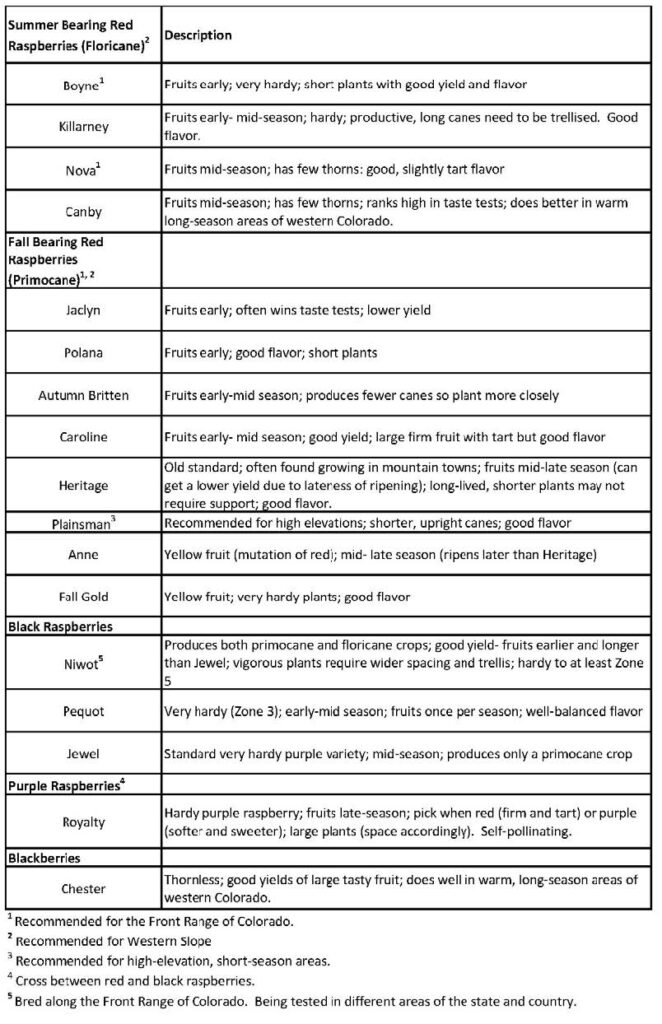
Soil Preparation and Planting
Soil Requirements:
- Well-drained garden soil rich in organic matter.
- Conduct a soil test to determine nutrient needs, especially nitrogen, zinc, iron, and manganese.
Planting:
- Plant red and yellow raspberries as rooted suckers in spring.
- Space plants 2-3 feet apart with rows 5-10 feet apart.
- Cut tops to 4-6 inches above ground after planting.
Pruning Techniques
Red Raspberries:
- Can be trained to a single stake or supported by horizontal wires 18” apart.
- Freestanding canes should be headed back below 4.5 feet to prevent bending.
Black and Purple Raspberries:
- Less vigorous and pruned heavily.
- Often left freestanding.
General Pruning Tips:
- Remove spent floricanes after fruiting to prevent disease.
- In spring, remove dead, weak, and small canes.
- For fall-bearing varieties, either mow all canes to ground level after harvest or remove the fruited cane parts, leaving the lower portions for summer fruit.
Trellising and Support
- Trellising is advisable to keep canes erect and simplify harvesting.
- Use wires 3 feet above ground to confine canes to the hedge row.
- Larger fruit can be achieved by tipping canes at a convenient height.
Watering and Fertilization
Watering:
- Maintain moderate moisture in the root zone.
- Increase watering during flowering and fruiting periods.
- Withhold water after the first frost to harden off plants.
Fertilization:
- Apply nitrogen fertilizer as needed based on soil tests and cane growth.
- Fall-bearing raspberries require more nitrogen than summer-bearing varieties.
Winter Protection
For Summer-Bearing Varieties:
- Lay canes down and cover with soil or mulch after November 1.
- Lift canes in early April and return the soil to the furrow.
For Fall-Bearing Varieties:
- Mow canes after harvest to avoid winter damage.
- If a summer crop is desired, protect canes similarly to summer-bearing types.
Yield and Longevity
- Expect 15-20 pounds of fruit per year from a 25-foot hedge row by the third year.
- Productivity may decline after 8-10 years, necessitating relocation of the raspberry bed.
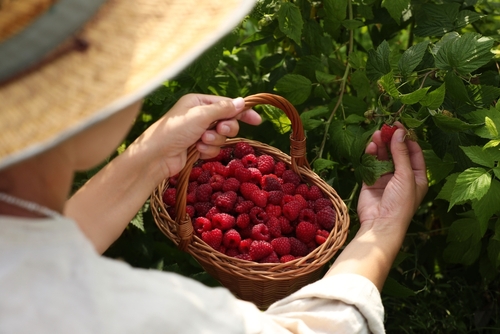
Disease and Pest Management
Common Pests:
- Spider mites, which can be managed by maintaining healthy, well-watered plants.
- Raspberry cane borers, identified by wilting cane tips, can be controlled by removing affected canes.
- Spotted wing drosophila, managed through refrigeration, cleanup of dropped fruit, and trapping.
Preventative Measures:
- Purchase disease-free stock from reputable sources.
- Regularly thin canes to improve light and air circulation.
By following these guidelines, you can successfully grow and enjoy raspberries in your Colorado garden. For more detailed information and expert advice, contact Echter’s Garden Center or refer to resources from Colorado State University Extension. Happy gardening!
